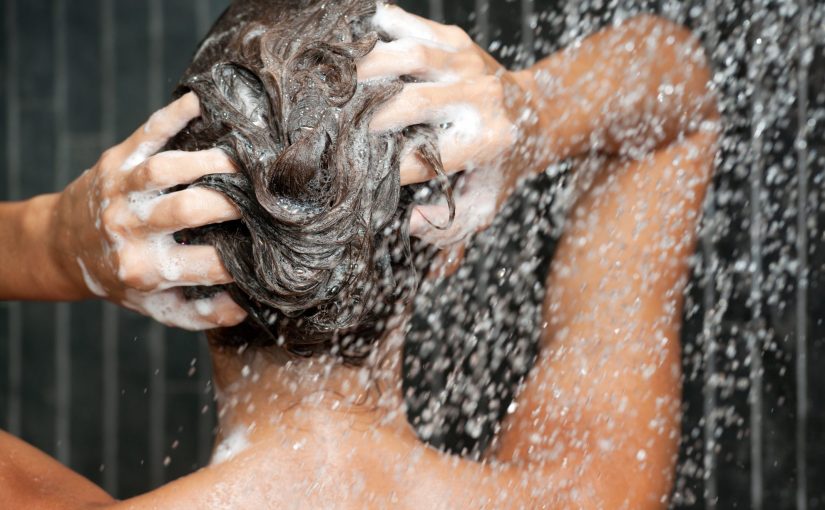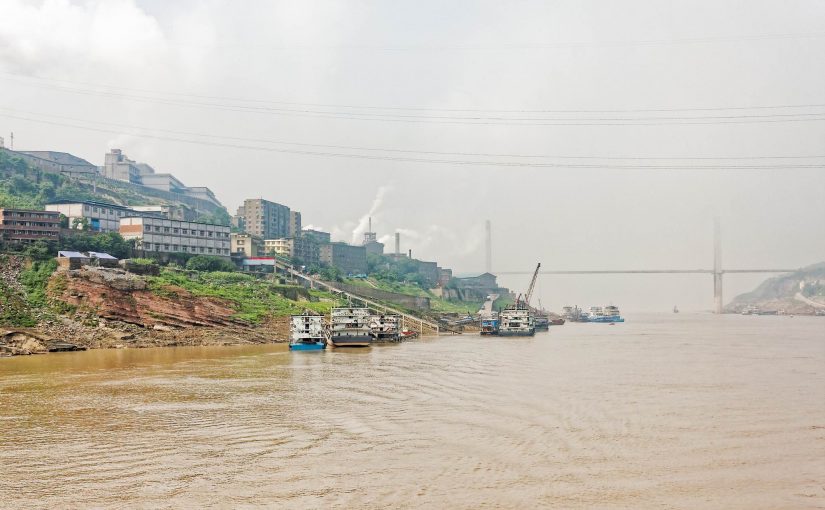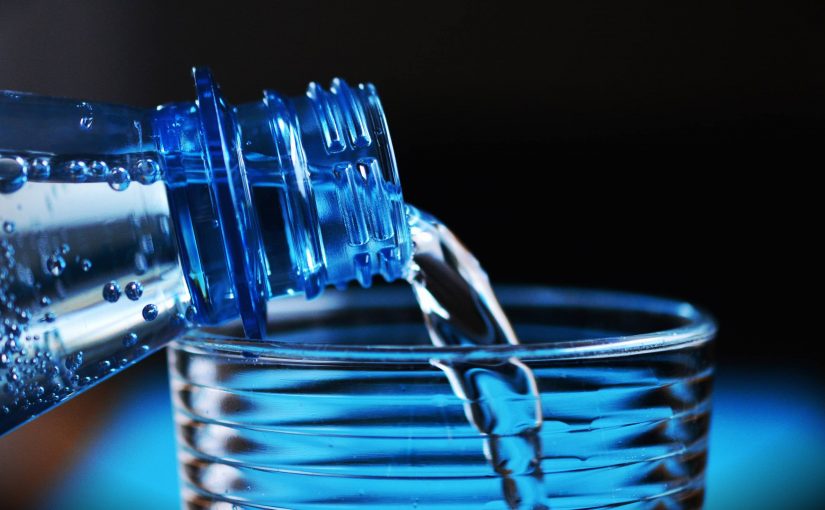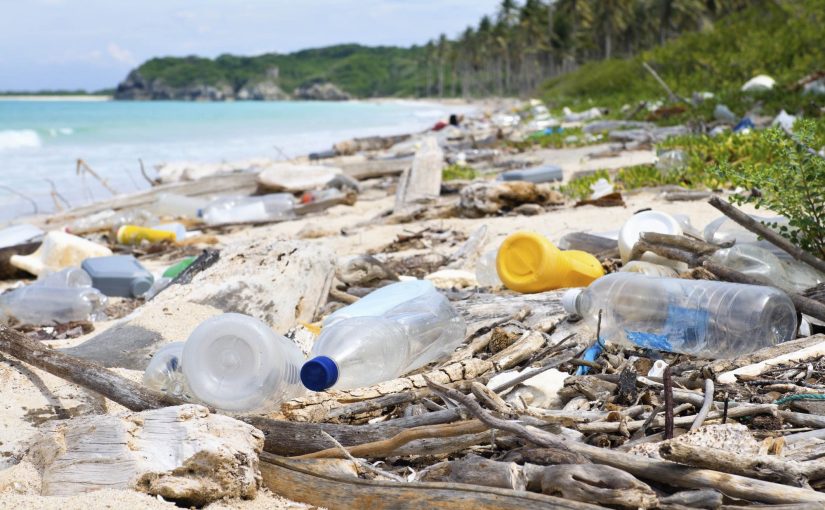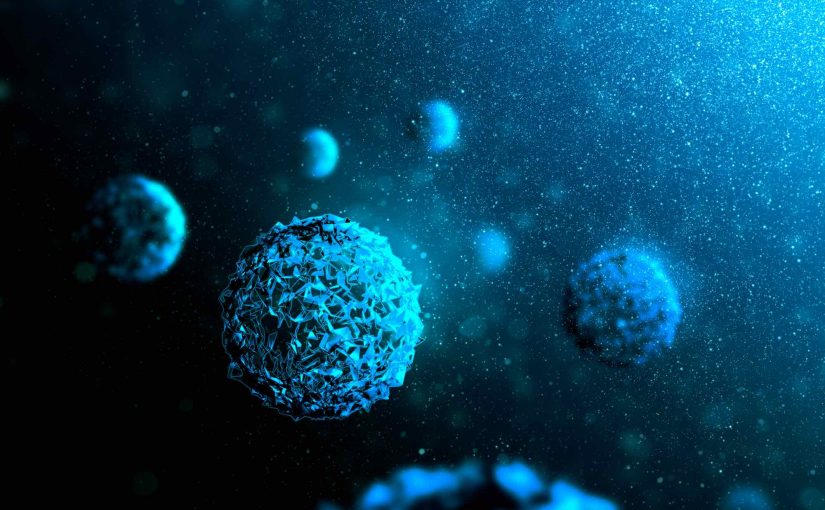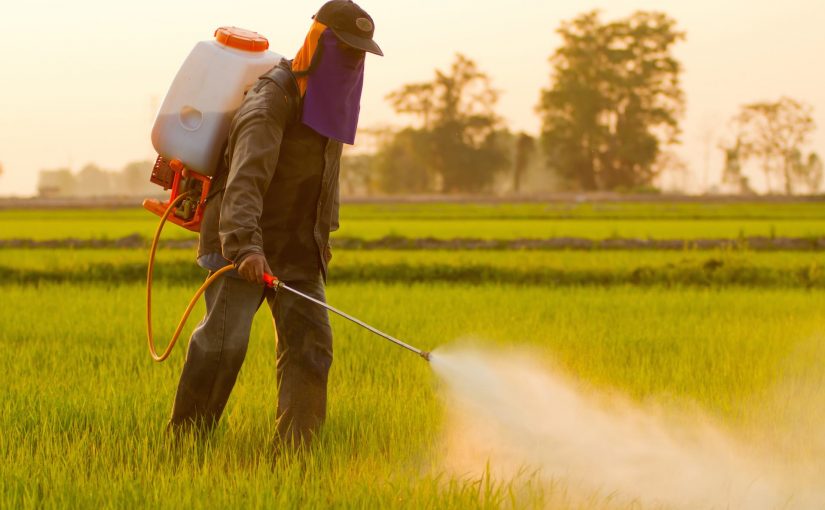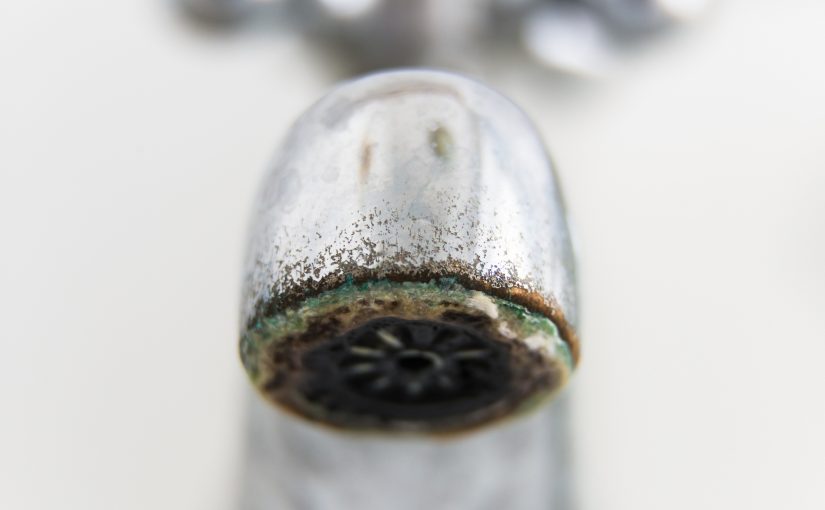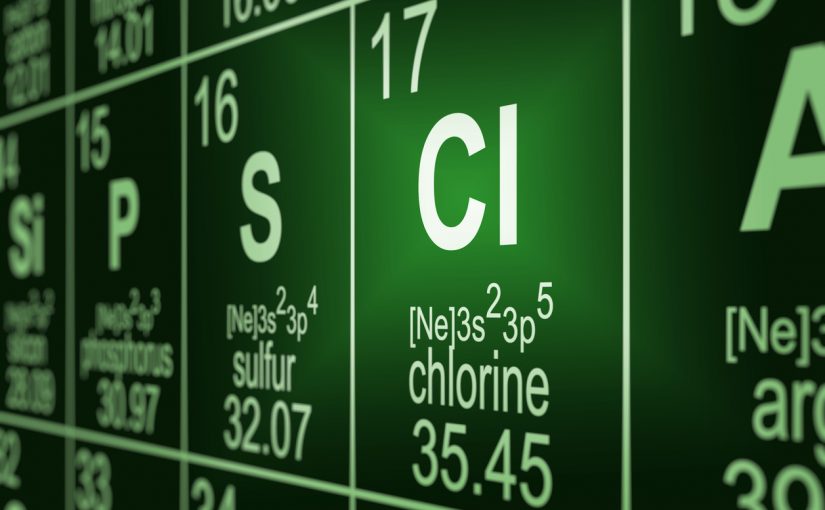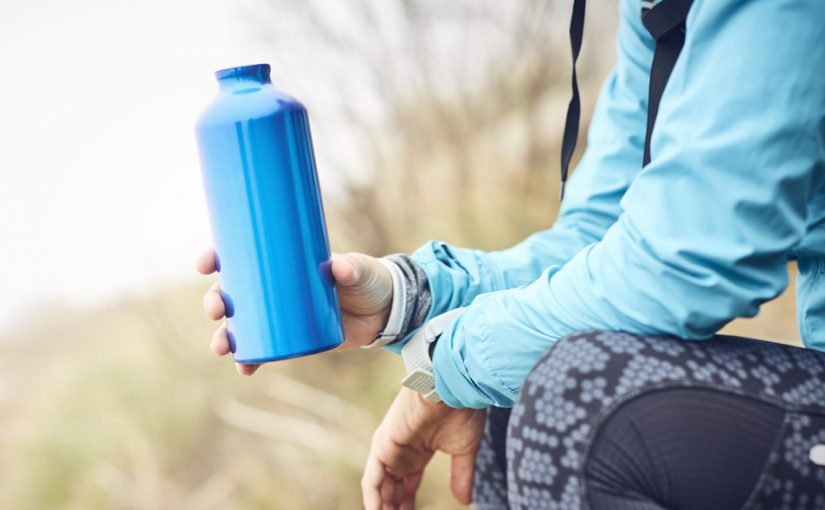We want to let you in on a little beauty secret. Nope, it’s not a new moisturizer, or some sort of crazy amazing facial. Lean in, you’ll want to hear this.
Shower Filters.
Yes! You heard us right – Shower. Filters.
You can’t be that surprised!
I mean, think about it. You get a nice steamy shower going. It’s been a long day at work, and you want to wash all your stress (and the sweat from a Hong Kong commute) off and finish the night feeling clean and new.
Your pores open up, you step under the water, and then BAM!
Your hair & skin gets completely soaked in unfiltered, harsh, chemical treated tap water that’s just come straight from the public water treatment facility, through some industrial pipes, and all of your body.
Not so appealing, is it?
Well, it’s not great for your hair and skin either.
We’ve discussed in a previous post the general benefits of using a shower filter. Chlorine alone, which is used in Hong Kong to disinfect public water, and which the government admits exist in trace amounts in our tap water, can easily damage your skin & hair cells.
If you’ve ever known someone who was a competitive swimmer, you’d know how the constant contact with chlorine from the pool harm hair & skin, making it look and feel dry, damaged, and coarse.
On top of that, steamy showers, which feel great, makes it easier for us to breathe in the contaminants in water. So really you’re getting nice big breaths of chlroine, chloramine (a mixture of chlorine & ammonia) and trihalomethanes (such as chloroform) as you belt out your in-the-shower songs. (Adele’s got nothing on you!)
But, hey, it’ll be ok!
There’s a solution to making your showers actually good for your hair, skin and body again. Shower Filters like our WaterChef Premium Shower Filtration System make it super easy to remove dangerous contaminants from your daily shower routine.
And by removing those contaminants, it actually makes your hair & skin feel and look better! Even beauty magazines like Allure admit this!
But don’t just take our word for it…
Check out these testimonials from very happy users of our WaterChef Shower Filter:
“After moving here from the states, I found that the water in HK really affected my hair and skin condition. A lot of my hair would fall out after showering. After installing the shower filter, my hair already feels softer after one wash! I also noticed the water being softer and my skin feels smoother too!” – Caroline
“Took only minutes for this to be installed. Water doesn’t smell anymore and is noticeably cleaner. Shower head that comes with the filter works well. should have had this installed earlier!” – Robert
“We like the filter so much already that we’ve just ordered another one for our other bathroom, and I am ordering one for my mother-in-law’s home as well! Thanks again!” – Melanie
So what are you waiting for?
Get healthier hair, skin & body right now! Shop WaterChef Premium Shower Filtration System.
